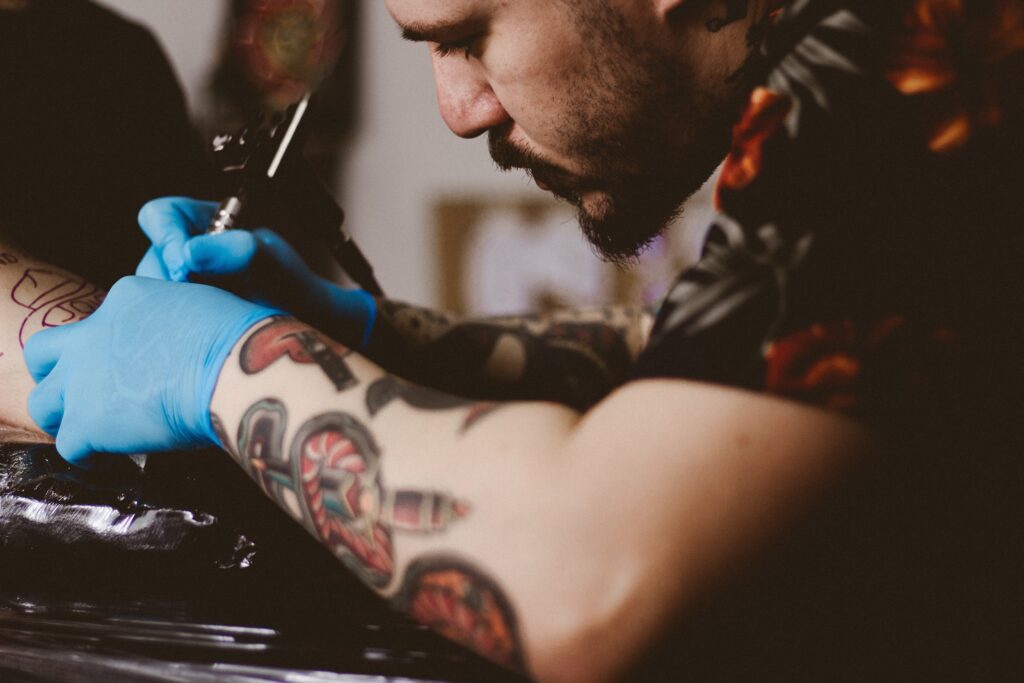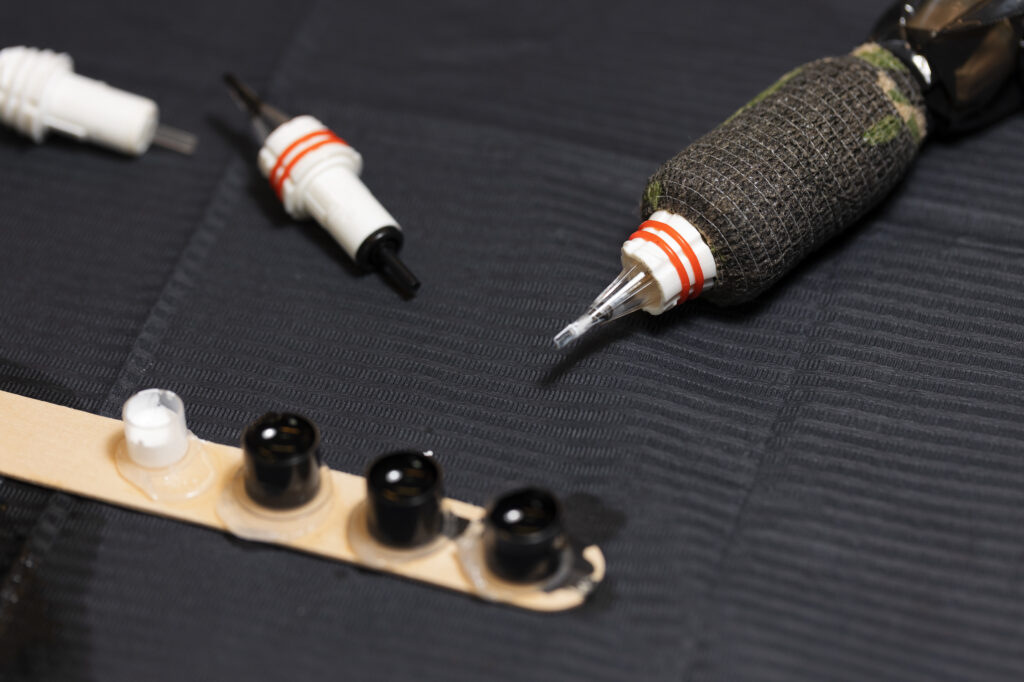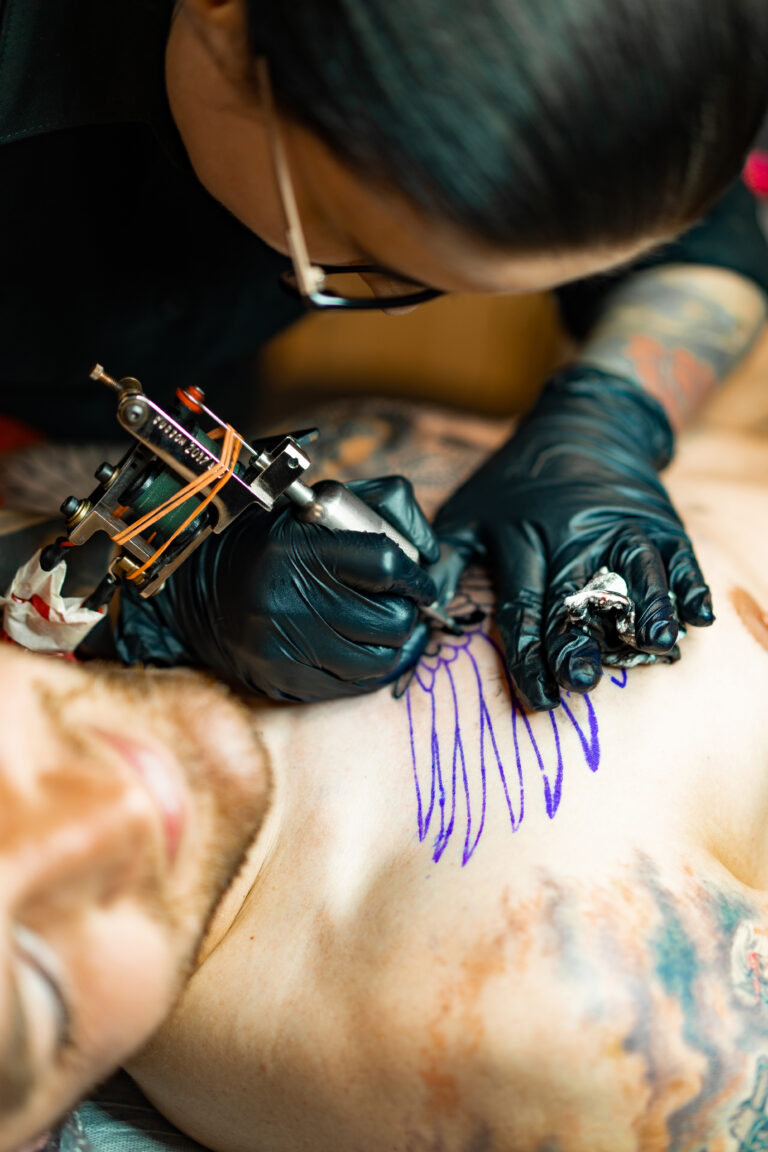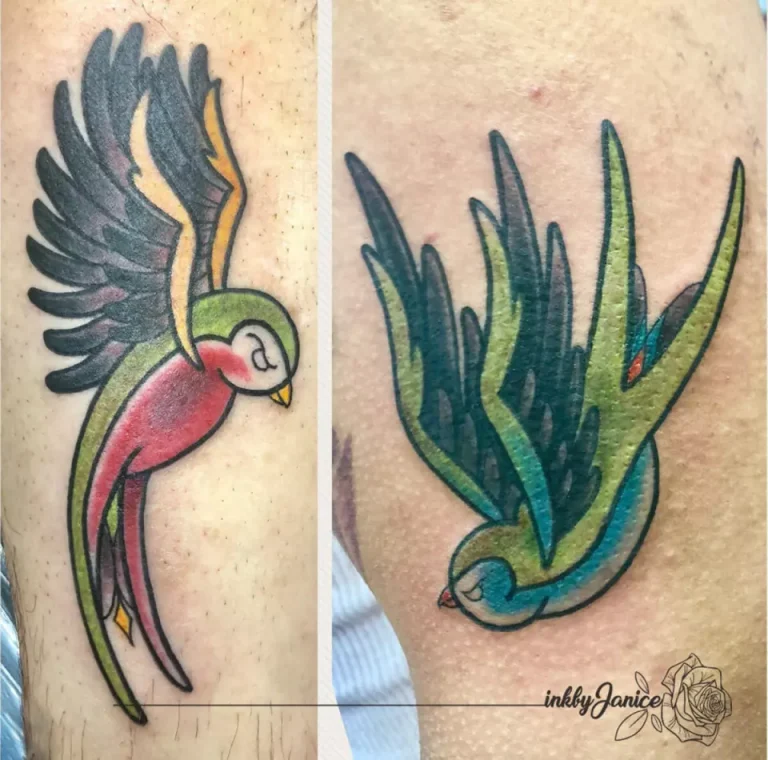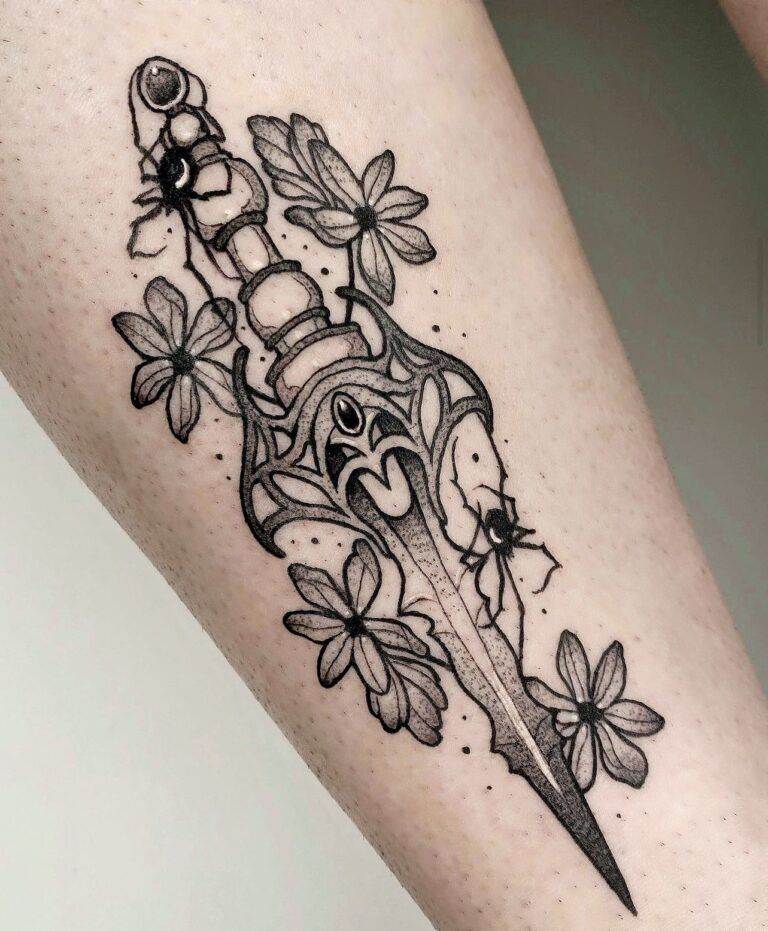Tattoos have a rich and complex history that spans thousands of years, with evidence of their existence found in various cultures around the globe. The earliest known tattoos date back to around 3300 BC, as seen on the mummified remains of Ötzi the Iceman, who was discovered in the Alps. His body bore 61 tattoos, primarily consisting of simple lines and crosses, which researchers believe may have had therapeutic or spiritual significance.
This early example illustrates that tattoos were not merely decorative but often held deeper meanings related to health, status, or identity. As civilizations evolved, so did the art of tattooing. In ancient Egypt, tattoos were often associated with fertility and protection, while in Polynesian cultures, intricate tattoo designs conveyed social status and tribal affiliation.
The practice spread across continents, with each culture adding its unique flair and significance to the art form. However, misconceptions about tattoos have persisted throughout history, often fueled by societal norms and stigmas. Understanding the true historical context of tattoos helps to dispel these myths and appreciate the artistry and cultural significance behind them.
Key Takeaways
- The history of tattoos dates back thousands of years and is a rich cultural tradition in many societies.
- Tattoo pain varies from person to person and is often less intense than commonly believed.
- Tattoo removal is possible but can be a lengthy and expensive process.
- There are health risks associated with tattoos, but proper care and hygiene can minimize them.
- Tattoo stereotypes often do not reflect the diverse and personal reasons people get tattoos.
Tattoo Pain: Debunking the Myths
One of the most common concerns for individuals considering a tattoo is the pain associated with the process. Many people believe that getting a tattoo is an excruciating experience, often comparing it to being burned or cut. While it is true that tattooing involves needles puncturing the skin, the level of pain experienced can vary significantly from person to person.
Factors such as individual pain tolerance, the location of the tattoo on the body, and the size and complexity of the design all play a role in determining how much discomfort one might feel. In reality, many people describe the sensation of getting a tattoo as more of a persistent scratching or buzzing rather than outright pain. Areas with more flesh and muscle tend to be less painful than those over bone or sensitive areas.
Additionally, tattoo artists often employ techniques to minimize discomfort, such as using numbing creams or taking breaks during longer sessions. By understanding these nuances, potential clients can approach their tattoo experience with a more informed perspective on what to expect regarding pain.
Tattoo Removal: What You Need to Know
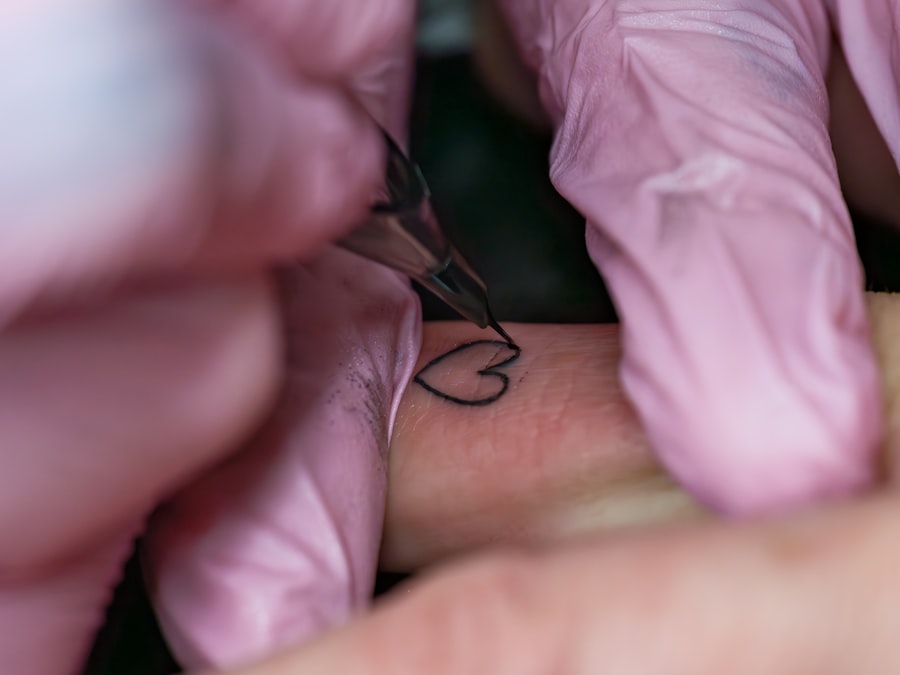
Tattoo removal has become increasingly popular as more individuals seek to erase or modify their ink for various reasons. The most common method for tattoo removal is laser treatment, which works by breaking down the ink particles in the skin so that they can be absorbed and eliminated by the body. However, it is essential to understand that tattoo removal is not a straightforward process; it often requires multiple sessions and can be costly.
Moreover, not all tattoos are created equal when it comes to removal. Factors such as ink color, depth of application, and skin type can influence how effectively a tattoo can be removed. For instance, darker inks tend to respond better to laser treatment than lighter colors.
Additionally, some individuals may experience scarring or changes in skin texture after removal attempts. Therefore, anyone considering tattoo removal should consult with a qualified professional to discuss their options and set realistic expectations for the outcome.
Tattoo Health Risks: Separating Fact from Fiction
While tattoos are generally considered safe when performed by a licensed professional in a sterile environment, there are health risks associated with the procedure that should not be overlooked. One common misconception is that tattoos are entirely risk-free; however, complications can arise if proper hygiene practices are not followed. Infections can occur if equipment is contaminated or if aftercare instructions are not adhered to, leading to potential health issues.
Another concern is allergic reactions to tattoo ink, which can manifest as rashes or irritation at the site of the tattoo. Some individuals may also experience keloids—raised scars that form at the site of an injury—after getting a tattoo. It is crucial for prospective clients to discuss any allergies or skin sensitivities with their tattoo artist before proceeding.
By being aware of these potential risks and taking necessary precautions, individuals can enjoy their tattoos while minimizing health concerns.
Tattoo Stereotypes: Debunking Common Misconceptions
Tattoos have long been associated with various stereotypes that can lead to misunderstandings about those who choose to get inked. One prevalent stereotype is that individuals with tattoos are rebellious or unprofessional. This notion has been perpetuated by media portrayals and societal norms that often equate body art with deviance or nonconformity.
However, this stereotype fails to recognize the diverse motivations behind why people choose to get tattoos. In reality, tattoos can serve as powerful forms of self-expression, memorialization, or cultural identity. Many professionals across various fields proudly display their tattoos without compromising their work ethic or capabilities.
As societal attitudes toward tattoos continue to evolve, it is essential to challenge these stereotypes and appreciate the individuality and stories behind each piece of art.
Tattoo Aftercare: Separating Fact from Fiction
Proper aftercare is crucial for ensuring that a new tattoo heals well and retains its vibrancy over time. Unfortunately, there are many myths surrounding tattoo aftercare that can lead to complications during the healing process. One common misconception is that a new tattoo should be kept completely dry; however, this is not entirely accurate.
While it is essential to avoid soaking the tattoo in water (such as in baths or swimming pools), keeping it clean and moisturized is equally important. Tattoo artists typically provide specific aftercare instructions that may include washing the area gently with mild soap and applying a thin layer of ointment or lotion. Following these guidelines helps prevent infections and promotes optimal healing.
Additionally, some individuals may believe that exposing a new tattoo to sunlight will help it heal faster; however, UV exposure can actually damage the skin and fade the ink prematurely. By adhering to proper aftercare practices and debunking these myths, individuals can ensure their tattoos remain beautiful for years to come.
Tattoo Meanings: Debunking Misunderstandings
Tattoos often carry significant meanings for those who choose to get them; however, misunderstandings about their symbolism abound. Many people assume that all tattoos have deep personal significance or represent something profound in the wearer’s life. While this is true for some individuals, others may opt for tattoos simply because they appreciate the design or aesthetic appeal.
Cultural symbols can also be misinterpreted when removed from their original context. For example, certain designs may hold sacred meanings in one culture but be viewed as mere decoration in another. It is essential for both artists and clients to engage in open conversations about symbolism and meaning when discussing potential designs.
By fostering understanding and respect for cultural significance, individuals can make informed choices about their tattoos while avoiding potential appropriation or misrepresentation.
Tattoo Artists: Separating Fact from Fiction
Tattoo artists play a pivotal role in bringing clients’ visions to life; however, misconceptions about their profession persist. One common myth is that anyone can become a tattoo artist without formal training or experience. In reality, becoming a skilled tattoo artist requires years of practice, dedication, and an understanding of various techniques and styles.
Many artists begin their careers as apprentices under experienced professionals before honing their craft independently. Additionally, there is often a stereotype that tattoo artists are unprofessional or lack artistic talent outside of body art. This misconception overlooks the fact that many tattoo artists possess extensive backgrounds in fine arts or graphic design, allowing them to create intricate and meaningful designs for their clients.
By recognizing the skill and artistry involved in tattooing, individuals can appreciate the work of tattoo artists while fostering a greater understanding of this unique profession. In conclusion, tattoos are an intricate blend of history, culture, artistry, and personal expression. By separating fact from fiction across various aspects of tattooing—from pain levels and health risks to meanings and stereotypes—we can foster a more informed perspective on this age-old practice.
Whether considering your first tattoo or simply seeking to understand this art form better, knowledge is key in navigating the world of tattoos with confidence and appreciation.
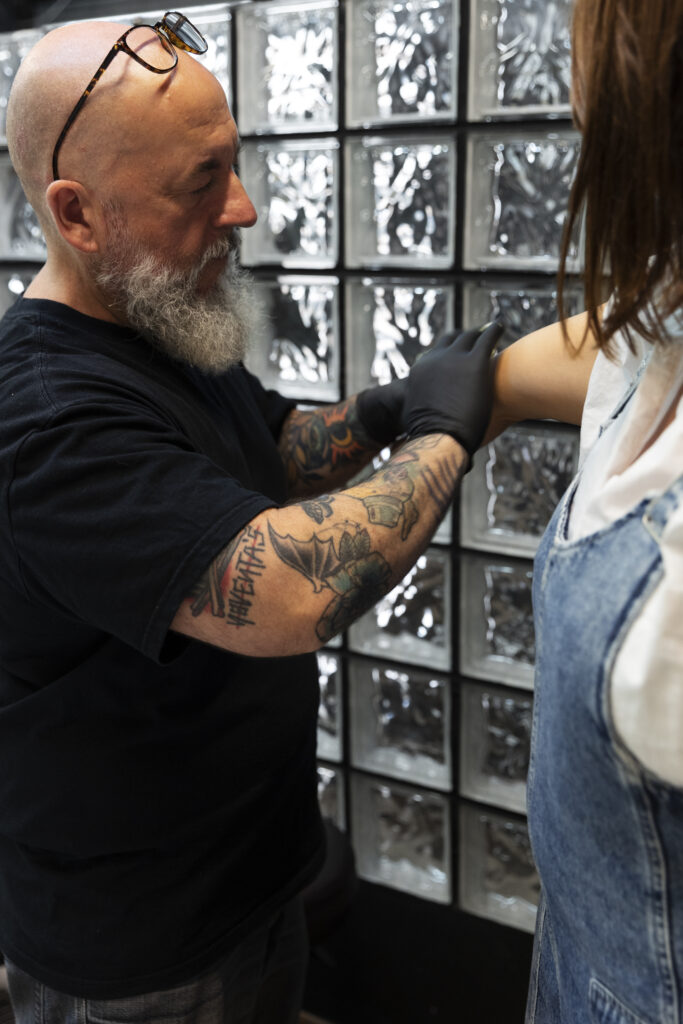
FAQs
What are some common myths about tattoos?
Some common myths about tattoos include the belief that they are always painful, that they are only for certain types of people, and that they are permanent and cannot be removed.
Are tattoos always painful?
While getting a tattoo can be uncomfortable, the level of pain varies depending on the individual’s pain tolerance and the placement of the tattoo. Some people describe the sensation as more of a discomfort rather than intense pain.
Do tattoos have to have a deep meaning?
Tattoos do not have to have a deep or significant meaning. Many people get tattoos simply because they like the design or find it aesthetically pleasing.
Can tattoos be removed?
Yes, tattoos can be removed through various methods such as laser removal, dermabrasion, and surgical excision. However, complete removal may not always be possible and the process can be expensive and time-consuming.
Do tattoos always look the same as they age?
Tattoos may fade and blur over time due to factors such as sun exposure, aging skin, and the quality of the original tattoo. Proper care and maintenance can help preserve the appearance of a tattoo over time.

Uncovering the Truth Behind Common Misconceptions

